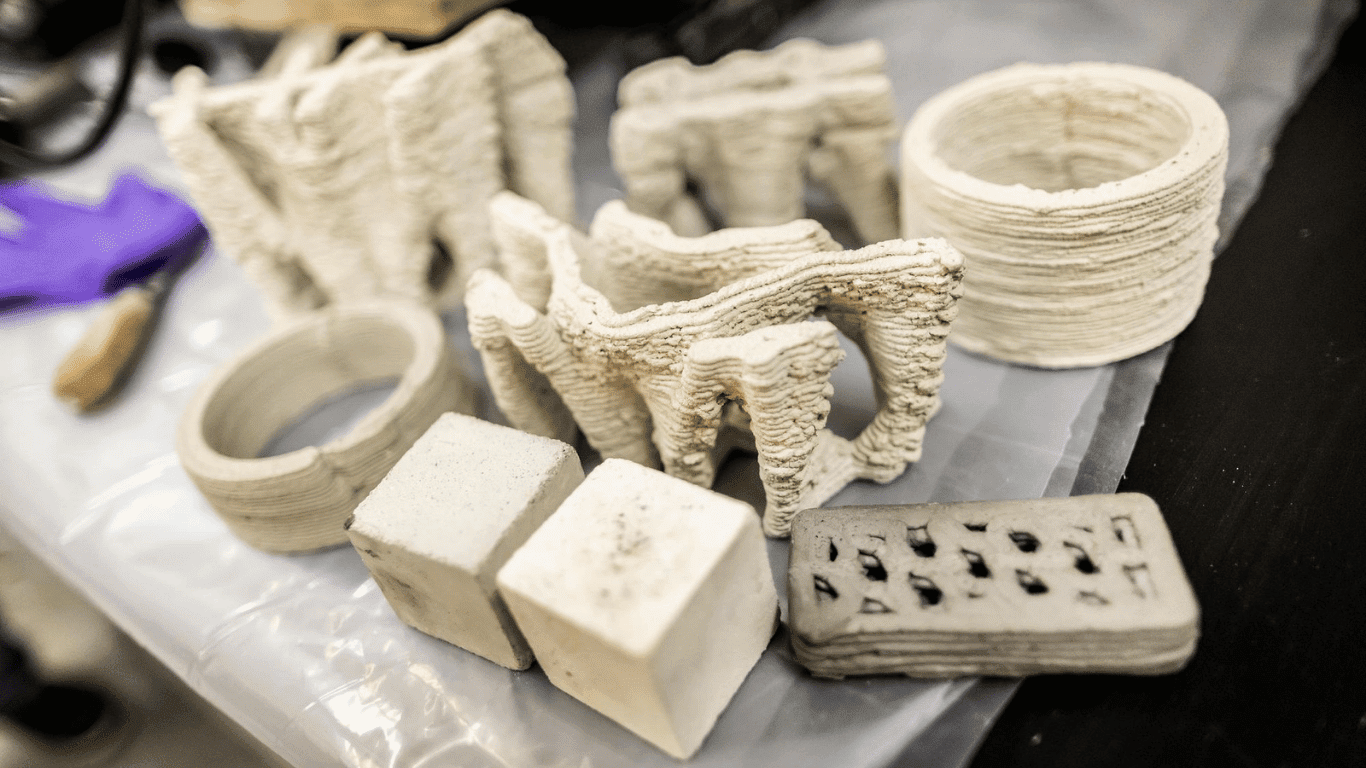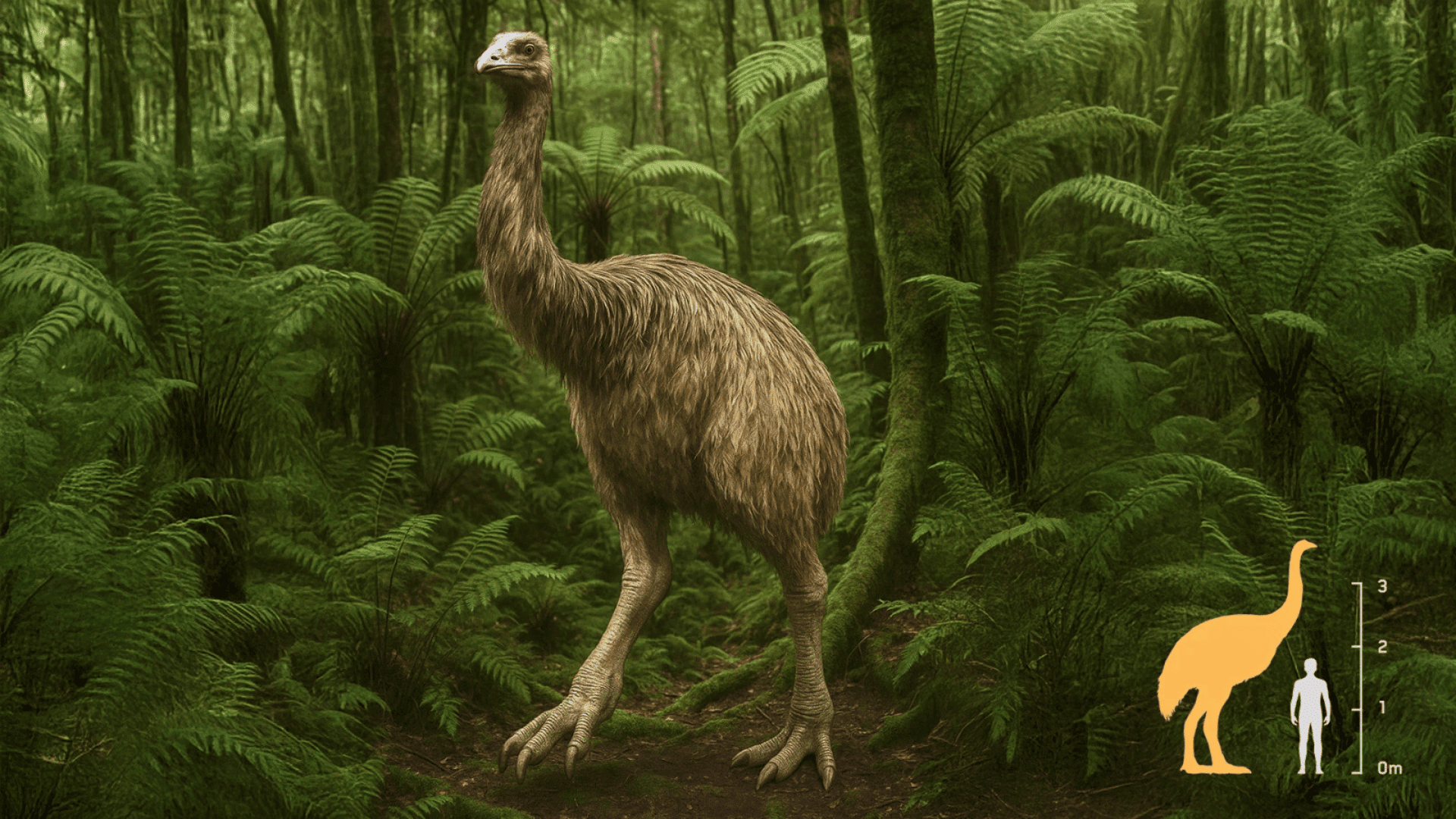Even with the rise of e-readers, it’s hard to deny the appeal of a good hardcover book. The smell of the paper, the sound of the spine first being cracked, and the tangible weight in your hands all contribute to why it’s such a visceral experience. And a lot goes into printing and manufacturing that book…far more than people realize.
Of course, the first step is to write the book, but once that step is completed, it’s onto design. Fonts must be chosen. The front and back covers have to be approved. What kind of paper stock should be used? Are there illustrations to include? All of these must be considered before the manuscript can hit the printing press.
Once production begins in earnest, the first step is typesetting. The text of the book is converted into the font and point size agreed upon. If the manuscript wasn’t already on a computer, it must be typed in manually. This is obviously less of a problem now than it was when books first began being printed. Before computers or automated presses, workers had to create each page using blocks and then print it by hand. No matter which method, the next step is proofreading.

The text is deemed clear and presentable before being printed as what is known as the “camera copy.” A camera copy is printed onto high-quality paper suitable for filming, the next step. Filming entails each page being photographed and the negatives being examined for blemishes. If the book has color images, multiple negatives will be produced (usually in magenta, cyan, yellow, and black). Since printing often involves surplus supplies like toner cartridges, it’s worth considering services such as Sell Toner to recycle unused materials and reduce waste.
Photographs, in general, require more effort to preserve than text and line drawings, which adds to the expense illustrated books have over plain text.
After filming comes stripping. The negatives are taped into a large sheet called a “flat.” They aren’t necessarily placed in order- some are upside down, and others are far away from their corresponding illustration. This is because, once the book itself is published, they’ll be on the different sides of the pages that do correspond. (Try taking a magazine apart- you’ll notice that, aside from in the center, each half of a page is from a different part of the magazine.) This placement method is known as “imposition,” and the flat is sometimes referred to as the “goldenrod.”
Blueprints of each page are made using UV lights (so named because of the bluish color of the exposed negatives). These are then exposed (or “burned”) onto thin aluminum sheets. These sheets are the plates used during the final printing process. The areas with text or illustrations are coated with a chemical that attracts ink, and they are attached to the press. There are several types of printing processes, but offset lithography is the most common. Paper is fed through a machine that prints in black ink (or goes through multiple machines if more than one color is needed).
As soon as the ink is cooled, the pages are delivered to a bindery to be bound into the proper order.
The pages are trimmed and smoothed to become uniform. And finally, the cover is attached, revealing the name of the book that’s now ready to be shipped to stores and readers worldwide. It’s a process that has evolved greatly since the days of old; no more manual printing of each page with stamps and presses. It’s all automated and precise. Some may lament the death of the individuality that old books had, but the benefits of automation are nothing to ignore. We live in an age where more people than ever are literate and able to enjoy the beauty of books. Or maybe even articles on how books are made.







